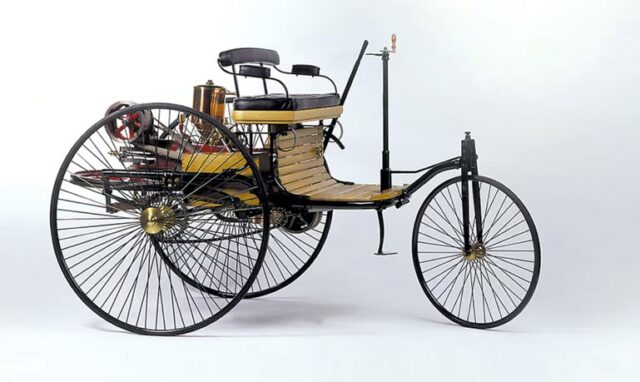Rate cut delays seen to slow growth

By Luisa Maria Jacinta C. Jocson, Reporter
HIGHER FOR LONGER interest rates will keep inflation at bay but at the cost of slower economic growth, analysts said.
Bangko Sentral ng Pilipinas (BSP) Governor Eli M. Remolona, Jr. earlier this week signaled the central bank may delay rate cuts amid persistent inflation risks.
“The recent statements from Mr. Remolona suggest a cautious approach to monetary policy adjustments. If rate cuts are smaller and delayed, it could imply that the central bank is prioritizing inflation control over stimulating growth,” Security Bank Corp. Chief Economist Robert Dan J. Roces said in a Viber message.
“A delay in rate cuts might slow down economic growth in the short term as higher borrowing costs could persist and reduce investment and consumer spending,” he added.
Mr. Remolona this week said that the “central scenario” would be to ease rates by the fourth quarter, but this could be postponed to the first quarter of 2025 if inflation worsens.
Rate cuts will also not be “huge” and will likely bring the key rate to about 6%, he said.
The central bank stood pat for a fourth straight meeting in April, keeping its benchmark rate at a near 17-year high of 6.5%.
From May 2022 to October 2023, the Monetary Board raised borrowing costs by 450 basis points (bps).
Mr. Remolona had said that the current rate is already tight and is “already doing its work.”
“Comments from the governor reaffirm the fact that the current policy stance is restrictive and is in a position to slow economic activity in an attempt to fend off demand side pressures,” ING Bank N.V. Manila Senior Economist Nicholas Antonio T. Mapa said in an e-mail.
“This goes against some assertions that the current monetary policy stance is normal. When policy rates are in restrictive territory, they go to work by slowing down the economy which in turn can lead to slower inflation as demand falls,” he added.
The economy grew by a weaker-than-expected 5.5% in 2023, falling short of the government’s 6-7% target.
Economic managers recently lowered the gross domestic product (GDP) growth target to 6-7% this year from 6.5-7.5% previously, taking into consideration persistent inflation and a looming global slowdown.
First-quarter GDP data is set to be released on May 9.
“If the BSP believes the current rate is achieving its goals, any easing within the year might be minimal. The extent of easing would likely depend on a range of factors, including inflation trends, economic growth data, and external economic conditions,” Mr. Roces said.
Inflation accelerated to 3.7% in March, the second straight month that it quickened on a monthly basis.
The BSP earlier said that inflation could temporarily accelerate to above the 2-4% target range over the next two quarters as upside risks remain.
The central bank sees inflation averaging 3.8% this year.
Mr. Roces said the BSP is also focused on maintaining price stability through the foreign exchange market which could “help anchor inflation expectations and prevent an inflationary spiral.”
The peso earlier this week hit the P57-level for the first time in nearly 17 months.
The local unit continued to depreciate for a sixth straight day, closing at P57.19 against the dollar on Thursday. This was weaker by a centavo from its P57.18 finish on Wednesday.
Meanwhile, Bank of the Philippine Islands Lead Economist Emilio S. Neri, Jr. said there is no “meaningful effect” on GDP growth if the BSP continues to keep its policy rate unchanged.
Election spending and slower inflation compared with the past two years would still support demand this year, he said.
“The risk of a growth impediment could come more from global headwinds that may compel BSP to hike some more. But that’s still a low probability event and not our central scenario,” he added.
Mr. Remolona said that the Monetary Board will only consider raising rates if inflation expectations are de-anchored. “When we see that the markets and households begin to believe that inflation will surge, then we have to consider a rate hike,” he said.
The BSP last adjusted rates in October when it delivered a 25-bp rate hike in an off-cycle move.
“The governor is correct to say that 6.5% (policy rate) is already doing its work and further tightening may only be necessary if headline inflation starts climbing towards the 6% level which is still highly unlikely at this point,” Mr. Neri said.
“Furthermore, Mr. Remolona’s indication that he is not in favor of hiking further simply indicates that rate hikes have a negative impact on growth and that further rate hikes would do even more damage to growth,” Mr. Mapa added.














